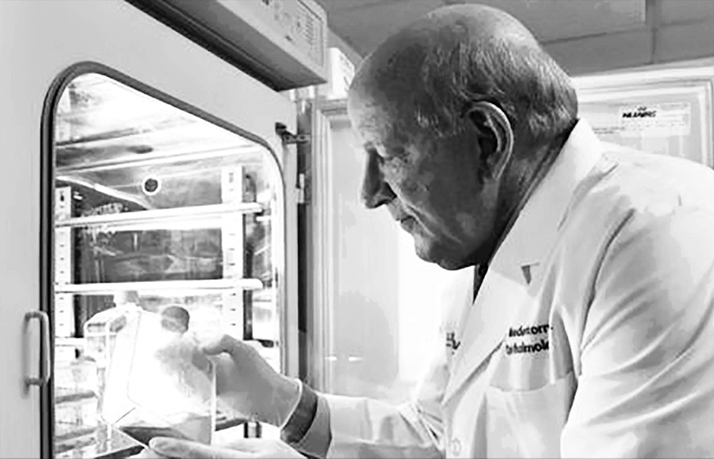
The cornea is the most frequently transplanted solid tissue, at nearly 10 times the rate of liver transplants and over 40 times the rate of lung transplants (1). But though the short-term rejection rate for first-time corneal transplants is conspicuously low at 10 percent, second transplants are rejected at three times that rate – and now, researchers think they may know why.
The reason so many first-time corneal transplants succeed is the immune privilege enjoyed by the eye. Multiple interdependent mechanisms block the immune response – preventing antigenic stimuli from reaching regional immune tissues, downregulating T helper cell responses, and neutralizing destructive immune effector elements at the cornea and in the aqueous humor (2). Because of this protection from attacks by the immune system, corneal transplants can be performed without the need to match the donor tissue to the recipient in advance – and, after the first transplant has been accepted, T regulatory cells protect it from other types of immune cells. But even with their low rejection rate, corneal transplants aren’t perfect. Patients with certain eye conditions experience a higher failure rate – for instance, those with a history of glaucoma medication use, deep stromal vascularization, pseudophakic or aphakic corneal edema (3,4). And for those that do require a second transplant, the incidence of long-term immune rejection goes up to almost 70 percent. Principal investigator Jerry Niederkorn and his team discovered that severing the corneal nerves, a necessary part of the first transplant, induces the secretion of a neuropeptide known as substance P (SP). This peptide disables the T regulatory cells intended to protect transplanted tissue, meaning that subsequent grafts are less likely to survive (5). When tested in mice, the high levels of SP caused by circular corneal incisions – but not by sutures or X-shaped incisions – resulted in almost complete graft rejection. The abolition of immune privilege works across eyes – an incision in one eye raises SP levels in both; in mice, transplantation into opposite eyes 14 days after making the incisions resulted in a 100 percent rejection rate. The effect is long-lasting too – transplantation after 100 days still resulted in a rejection rate of 90 percent. The good news is that drugs can be administered to block SP and restore the eye’s immune privilege, potentially increasing the success rate of second corneal transplants. The next step is to devise such a treatment method for humans so that T regulatory cell function can be restored and future corneal transplant patients will enjoy a higher rate of success.
References
- CA Janeway et al., “Responses to alloantigens and transplant rejection”, Immunobiology: The Immune System in Health and Disease, 5th Edition, Garland Science, New York (2001). JY Niederkorn, “The immune privilege of corneal grafts”, J Leukoc Biol, 74, 167–171 (2003). PMID: 12885932. A Sugar et al., “Recipient risk factors for graft failure in the cornea donor study”, Ophthalmology, 116, 1023–1028 (2009). PMID: 19395036. MO Price et al., “Risk factors for various causes of failure in initial corneal grafts”, Arch Ophthalmol, 121, 1087–1092 (2003). PMID: 12912684. KJ Paunicka et al., “Severing corneal nerves in one eye induces sympathetic loss of immune privilege and promotes rejection of future corneal allografts placed in either eye”, Am J Transplant, [Epub ahead of print] (2015). PMID: 25872977.
